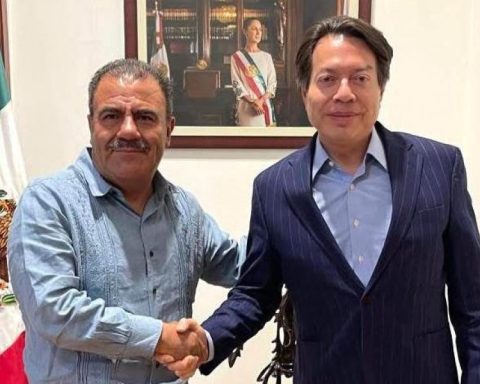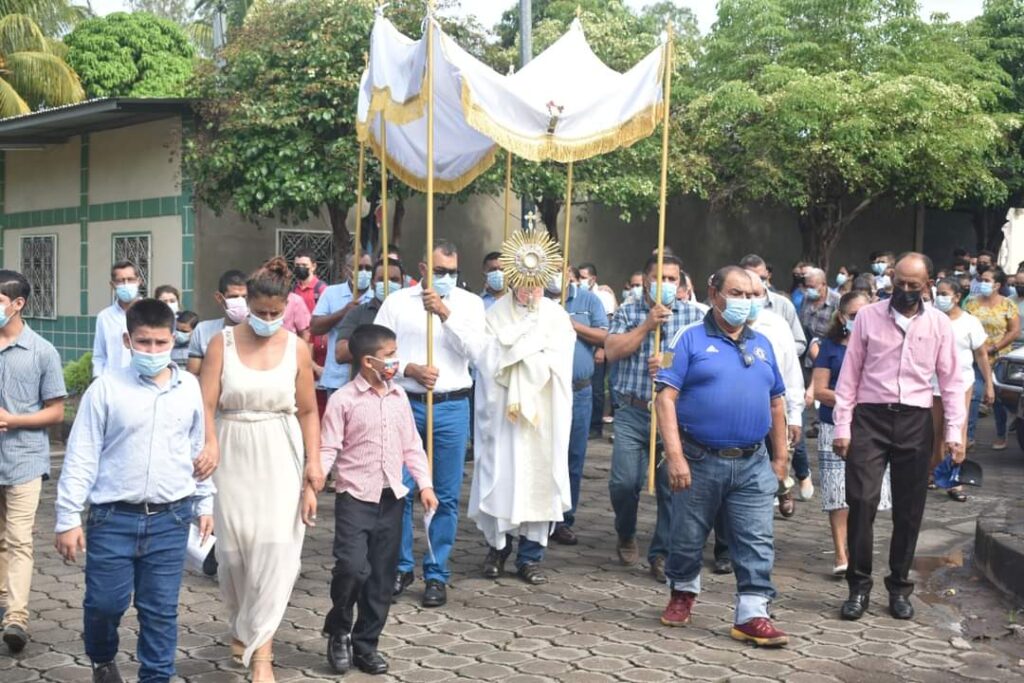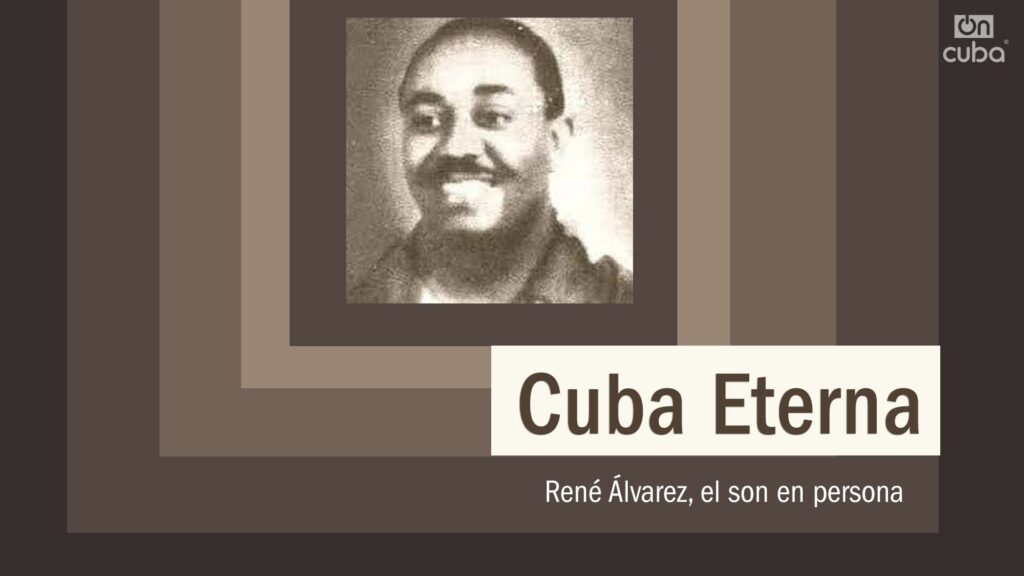OR
nth century May 22 marks the foundation of the first Rural Normal. A century of siege and attacks against them by the forces of the State: the governments, the businessmen, the clergy, the landowners. With different excuses, in different campaigns, he meticulously built the black legend
to justify their goal: to put an end to rural normal schools. A century full of stories of often heroic, courageous and consciously determined resistance, which César Navarro, a professor trained in them and dedicated to analyzing it, described as the essence of the rebellious lineage of rural normalism
.
More than a century has already passed since the publication of the Program of the Mexican Liberal Party (1906), and to the shame of the contemporary educational system, many of the social and educational proposals of the magonista project are still valid: “multiplication of primary schools, on such a scale that clerical instruction establishments are advantageously supplied; obligation to provide purely secular education in all schools of the Republic, whether government or private (…); declare compulsory education up to the age of 14, leaving the government with the duty to provide protection (…) to poor children, who due to their misery could lose the benefits of education; pay good salaries to primary school teachers; absolutely prohibit the employment of minor children” ( Regeneration number 11).
Even though the principles that should guide the National Educational System are formally maintained, in reality it continues to be characterized by deep structural inequality, inequity and exclusion. It is enough to point out that 48 percent of our basic schools are single-teacher and/or incomplete. Settled precisely in rural and indigenous communities, often served by promoters trained in three months
and with minimum wage in very precarious conditions. These are precisely the schools that should be attended by rural normalists, teachers with excellent and adequate preparation, full rights and who know the shortcomings and problems of rural communities. Are rural normal schools necessary 100 years after their foundation? Educational researchers repeatedly ask themselves, without even thinking that they are part of and a solution to the lacerating conditions of poverty and abandonment to which these communities have been subjected in a cynical and extreme way. and these rural normal schools, especially since the neoliberal implantation.
The growing commodification and privatization that it brought us, seasoned with multiple efficient and competitive conceptions, very successful indeed, have permeated education with different and deep plagues that are difficult to remove, even worse if it insists on not recognizing it. The privatization of the normal ones ran vertiginously: approximately 40 percent are private and religious; enrollment has dropped by 20 percent. The rural normal schools in particular have seen their enrollment drop to 1,750 students per year, and disconcerting obstacles continue to be placed on their entry, when they should be strengthened and expanded because they represent, today more than ever in the country with the greatest inequality, a real possibility of fruitful and transformative employment in the countryside. A true path to settle the peasant population, defend the environment and fertilize abandoned communities with hope.
The struggles and mobilizations of rural normal students in defense of their heritage and existence embody the commitment to the survival of their schools, their future as rural teachers, the preservation of their popular educational project, the resistance to keep public schools open for more marginalized and excluded. All this is secularly linked to the aspirations for social change in our country; however, they continue to be harassed and reduced by the standardized exam systems that are efficiently imposed for admission, graduation and obtaining a place. In fact, they should reward and encourage young farmers to continue seeking a training and teaching profession, in full commitment to their communities, when the conditions of abandonment of the countryside and constant migration prevail devastatingly.
Along with the peasants, attacked and expropriated by governments and caciques, the rural normalistas, in complex and hard battles not always victorious, but always bitter and treacherous, learned the value of solidarity, commitment and fraternity, mobilization, but above all all of the assembly organization, consensus, debate, political training, coordination of solidarity actions, autonomy and renewal of leadership.
This is how the Federation of Socialist Peasant Students of Mexico (FECSM) emerged in 1935 at the congress held in the Rural Normal School of San Roque, Guanajuato. It emerged as a student organization that reflected the existing ideological, political and organizational cohesion in rural normal schools and claimed its class composition: socialist peasant students. Unusual feature in student organizations in Mexico. Undoubtedly, these have been decisive factors for the permanence of the FECSM in an environment in which the tradition of stable, representative and independent student organizations is non-existent. With its resistant and radical way of being, the FECSM is the longest-lived organization in the country (César Navarro, 2015).













